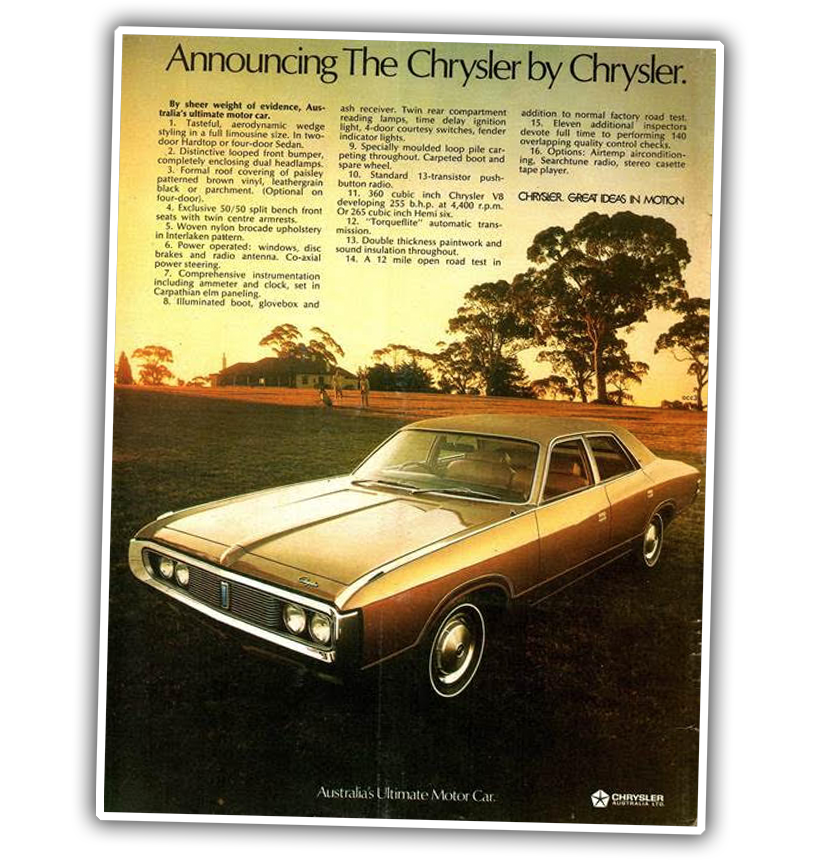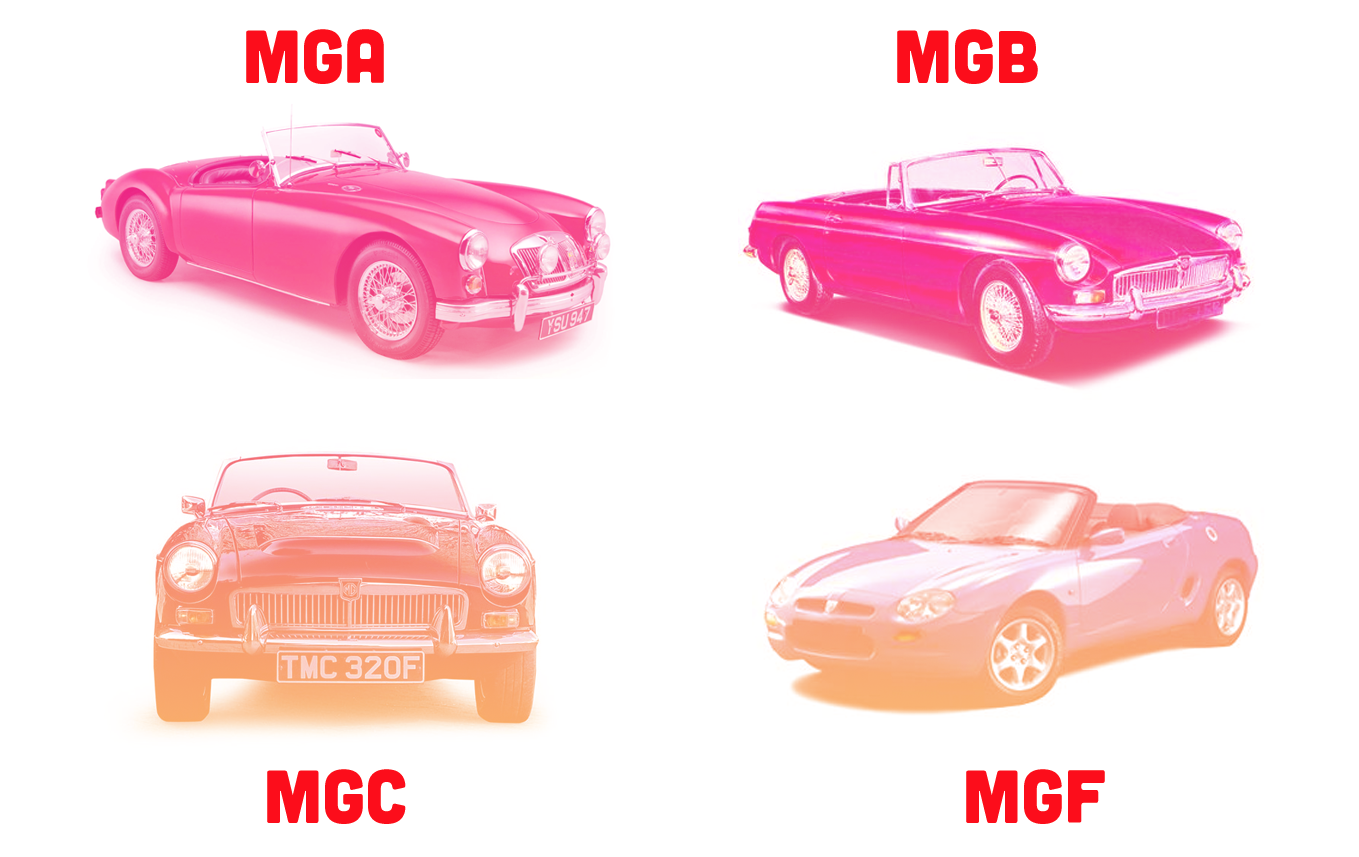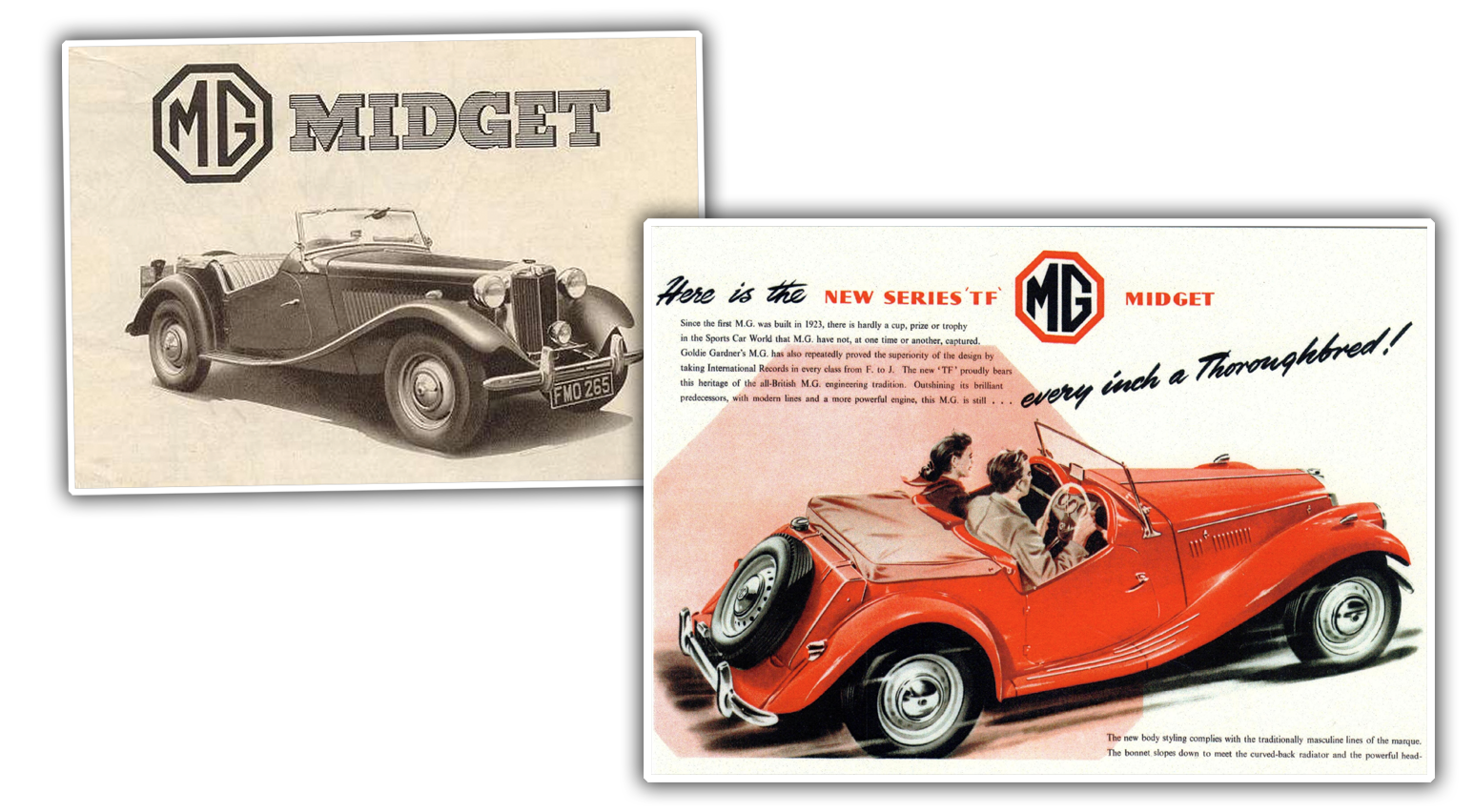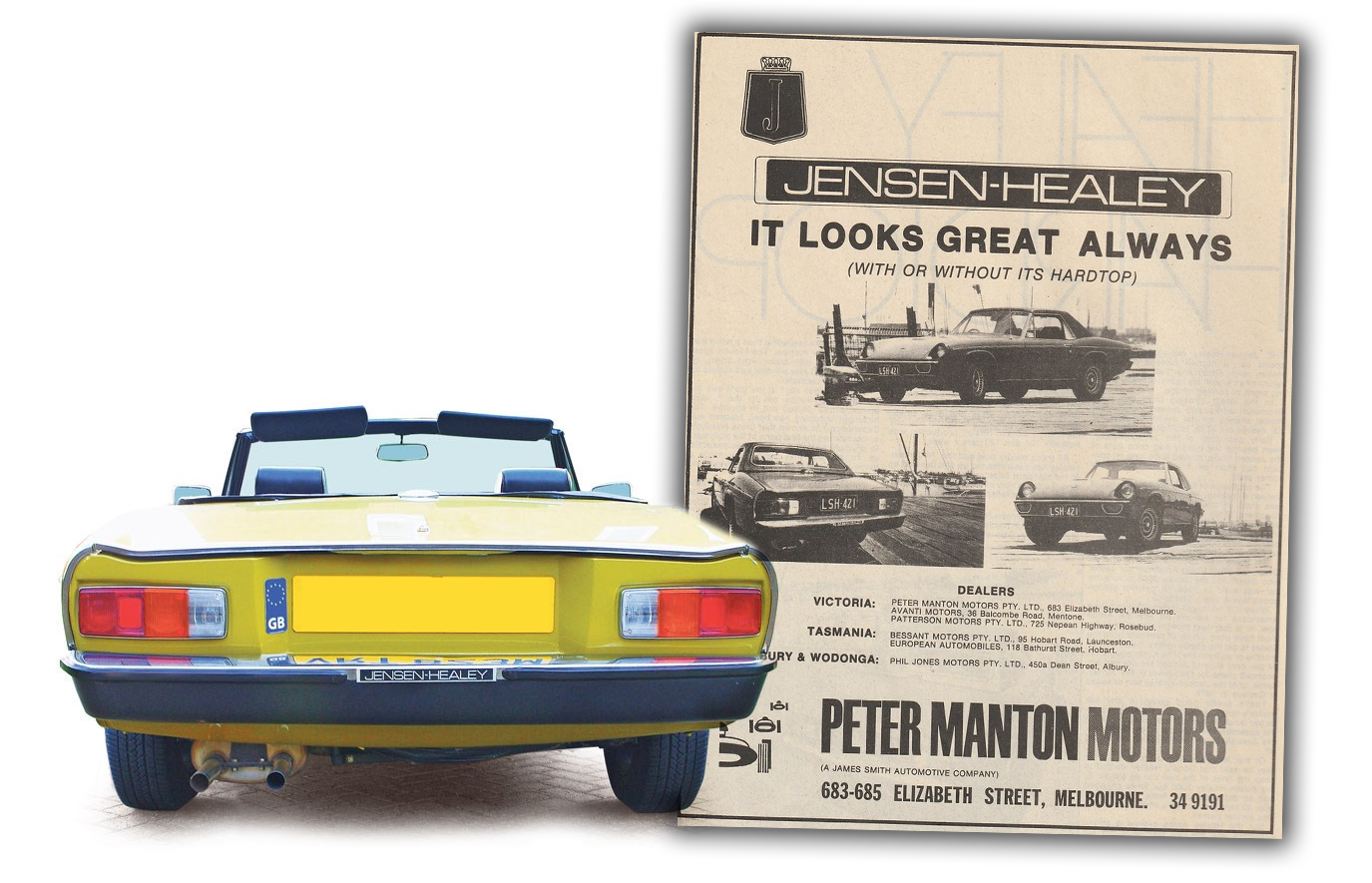First, let’s use Aronoff’s paper to help us define how car names usually work, semantically: So, we all instinctively know this: It would sound weird if I told you that I still had the Beetle 1973 Volkswagen I’ve had since I was 18, for example, even though all of those words are the ones you expect. The order is important, as are the essential categories, and these are never deviated from. (4) 1972 Chevrolet Chevelle Malibu sedan year make line model body type Less specific designations can be made by using fewer than all five categories, again in the fixed order: (5) Chevrolet sedan Chevrolet Malibu 1972 Chevelle As far as I can tell, all categories are optional, and the only restriction is that the year cannot stand alone: (6) Q: What kind of car do you drive? A: A Chevrolet; a Chevelle; a Malibu; a sedan; ??a 1972 This restriction is pragmatic; it can be traced to the fact that simply giving the model year of the car is not informative enough. We can therefore give the following phrase structure rule for American car names: (7) car name -* (year) (make) (line) (model) (body type) Well, almost never. Sometimes, car names can eliminate the model category, but this really only works if the car company only has one self-named model. Think of the Gordon-Keeble (a fantastic British muscle car of which only 90 were made), or the LaForza, the strangely plain-looking Italian SUV sold in low numbers in the early 1990s (though that car outside of the US was called the Rayton-Fissore Magnum). Also note that I called it the LaForza, because cars get an article when you’re talking about a specific model but no article when talking about the company. LaForza built and sold the LaForza. See? Another example of this is how the Volkswagen Beetle (it gets the article because I’m talking about the specific model, see) was just referred to as “the Volkswagen” in many early reviews in America, especially before VW sold anything else. Here’s an example from a 1953 Mechanix Illustrated:
Sure, VW had the Bus since 1950, but it was still pretty unknown in America, so everyone just called it “the Volkswagen,” combining model name and manufacturer.
Carmakers have tried this self-naming gambit a few times since; recently, we have the Ferarri LaFerrari, which is pretty damn close to a double name, but not quite, and not quite as close as Chrysler of Australia, who sold a car they called the Chrysler by Chrysler:
Interestingly, this naming weirdness can’t function on its own, as it needs the preposition “by” to work at all. Chrysler couldn’t bring themselves call it the Chrysler Chrysler, because there are still some rules, dammit. I don’t get the reasoning why a car maker would pick the Same Name by Same Name construction. Maybe they long for the simplicity of one of those one-car lineups? I don’t know. Anyway, I bring up all of this as just to help get us all immersed in the framework of automotive nomenclature so you can appreciate the well-known example that breaks the rules: the MGB. Well, really, the whole line of the letter-based MG names: MGA, MGB, MGC, and MGF. These are strange car names because they combine the company and model into one name, and even if some places may show these as an MG MGB, for example, that’s only so they can fit the name in some database or whatever, because nobody ever calls these cars an MG MGB or MG MGA or whatever. It doesn’t happen. To make this more baffling, other letter-named MGs don’t fall in this same category, like the MG TD or TF. See? I called it a TF — no MG — because that’s somehow okay, maybe because these cars also had, at one point, the additional model name of Midget:
Also, they called it the “Series TF,” for example. MG did a lot of strange things with names. Still, I’d never call an MGA an A, for example, unless it was in some really, really specific context where MGBs and MGAs and whatever had been discussed immediately before, or something like that. Otherwise, no MGA person says they drive an “A.” A further example: Look at the MGB/GT, the hatchback coupé variant of the MGB roadster. The company and model are still combined in MGB, but then there’s a slash and the “GT” part. Again, we still have company name and model blended in an unholy fashion.
The only other car that comes close to flaunting automotive naming conventions like this might be the Jensen-Healey, but even then it’s not quite the same. Yes, Jensen-Healey is a model name that is sort of combined with its manufacturer name, as Jensen is the company and Jensen-Healey was the car, but the car was a special partnership between Jensen and Donald Healey (not Austin, sorry)— this is unlike MG, who was just doing that crazy shit on its own. I’m not exactly sure what I’m hoping you’ll take away from this other than a bit of strange admiration for MG, the only carmaker that really managed to pull off a direct subversion of automotive naming conventions and just, somehow, get away with it. Good job, MG. Way to keep it weird. (thanks to the Bishop!) The Nissan S-Chassis cars, though known by several wistful names in their home market and a few others (“Silvia”, “Gazelle”), have almost always used a very specific naming convention in North America and Europe, starting with the very first 200SX in 1976. Simply put, the name was based on the engine displacement, BMW-style. A 200SX used a 2.0L engine. In the case of that first S10-series 200SX, an L20B. For the next generation, the S110-series, the 200SX moniker was kept, which was appropriate in 1980-81 when the car used the 2.0L Z20E engine. The system started to break down in 1982, when displacement was increased to 2.2L without a name change. Sort of understandable, since little else changed that year and you don’t just throw away a model name that’s got some recognition. With the 1984 model year, the S12-series 200SX was introduced. The base model cars fit their name, using a 2.0L CA20E, but the turbo models used a 1.8L version of the same motor, and by rights should have been called 180SX (as their later descendants in Japan would be). By the same token, if Nissan stuck to their naming convention, the 1987-88 200SX SE V6 would have been named 300SX. With the advent of the S13 in 1989, Nissan restored balance to the American sector of the S-chassis universe and dubbed the car 240SX in America, where a 2.4L engine was used. European versions were badged 200SX whether they used 1.8L or 2.0L powerplants, and the JDM 180SX used a name-appropriate 1.8L motor. So Nissan continued the tradition of playing fast and loose with S-chassis naming conventions, then in 1995 they threw the entire idea of consistency into the dumpster and slapped a 200SX badge on the 2-door variant of the B14 Sentra in North America, most of which used 1.6L engines. Only the SE-R even had the correct displacement for its name, but still the wrong platform. Now, almost none make any sense whatsoever. Infiniti and Lexus lost theirs, even Mazda’s overseas truck didn’t keep the faith. Of course the Midget/Sprite cousins are sometimes lovingly known as Spridgets. Or maybe that’s unlovingly… (Mainly I’m replying to see if my reply gets posted—I was never able to “get out of the grays” over on the founders of this site’s previous employer.) Not flaunt. It’s flout, man – FLOUT!!! [flounces off] e.g., 1947-49 Jeepster (that’s it for the name) was weird 4wd car like thing based (CJ’s) on military jeep for the masses. It was made by Willys-Overland but later owned by Jeep, AMC, Chrysler, Daimler and on and on. I was selling Pontiacs back then and I had a woman come in and wanted to drive a Pontiac GOOOLE (she pronounced it GOOOO LEEEEE). I nicely told her we had no such model, but she adamantly told me that she saw the label on the back of the car, and spelled it out for me. I looked across the showroom, and sure enough, there was a Pontiac 6000LE. Pontiac’s techno font back then made it look like G000LE. I always thought they should have named it Catalina, so each version of that car would start with a C: Catalina, Century, Cutlass Ciera and Celebrity. The 6000 was the only one that broke it up. The 6000 was probably my favorite behind the Cutlass Ciera. Never liked the Century or Celeb.







